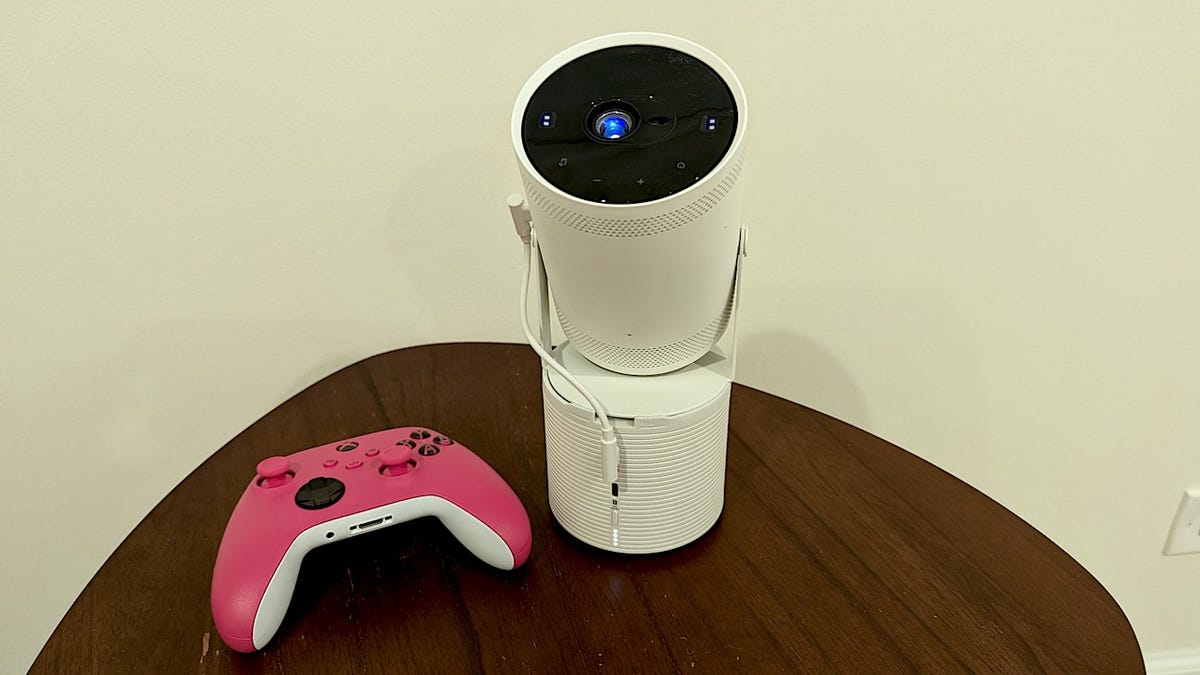BOOK THIS SPACE FOR AD
ARTICLE ADFor all Docker's container technology popularity, Docker, the company, has its problems. First, Docker had trouble finding a working business plan. Then, Docker ran short of funds. In late 2019, it seems to have solved both problems by selling its Docker Enterprise product line and business to Mirantis. But, unable to catch a break, Docker was dropped from Kubernetes. That wasn't as much of a problem as it sounds, but it still left users concerned about Docker. Now, in another attempt to revitalize its business, Docker is restricting the use of the free version of its Docker Desktop to individuals, small businesses, and non-commercial open-source projects. All others must pay for a subscription.
Docker Desktop is an integrated development environment for Macs and Windows. It enables developers to build and share containerized applications and microservices on Kubernetes and Linux.
Under this new approach, Docker's Free plan is now called "Personal." If your business has 250 or more employees or higher than $10 million in revenue, you must use a paid subscription for Docker Desktop. Before screaming and running away, keep in mind that Docker Engine, the upstream, open-source Docker nor the Moby project haven't been touched. Still, there is a problem with Docker's new usage permissions. By the Open Source Definition, any open-source program can be commercial.
That aside, in addition, the $5 per month Pro and $7 per month Teams subscriptions continue as they always have. These subscriptions now include the right to use Docker Desktop commercially. A new $21/month Business subscription adds centralized management, single sign-on, and enhanced security.
Specifically, the Business subscription adds the ability to control what container images developers can access from the Docker Hub image library. This gives lead developers more control over what images their teams can use. This, in turn, should lead to building more secure applications. This will be done by using Security Assertion Markup Language (SAML) Single Sign-On (SSO) to control what registries your developers can use. It also gives managers the power to remotely manage Docker Desktop instances.
The billing changes, theoretically, take effect on Aug. 31. In reality, you have until Jan. 31, 2022 to use Docker Desktop freely if under the new rules you'll need a paid subscription to keep using Docker Desktop.
And, of course, most of Docker, such as Docker Engine, but not Desktop, remains open source under the Apache v2 licence.
Docker in its FAQ about this change pulls no punches about why it's making this move. "The updated subscription terms for Docker Desktop reflect our need to scale our business sustainably and enable us to continue providing value in all Docker subscriptions." In short, once more the company needs to tweak the business model and make more money.
Simultaneously Docker knows some of its users won't be happy. They're already grumbling online. To them, Docker replies, "We know this may be a significant change for some organizations, and we're committed to helping you make this transition as smooth as possible." For what it's worth, I think Docker's users should give the company a chance. Docker has been significantly improving its programs for a while now. For example, official Docker images are now automatically checked for known security bugs by Snyk.
Related Stories:
Docker: Here's how we made the switch to remote-first workingKubernetes dropping Docker is not that big of a dealAWS preps its own library of public Docker container images.png)
 3 years ago
339
3 years ago
339 














 Bengali (Bangladesh) ·
Bengali (Bangladesh) ·  English (United States) ·
English (United States) ·